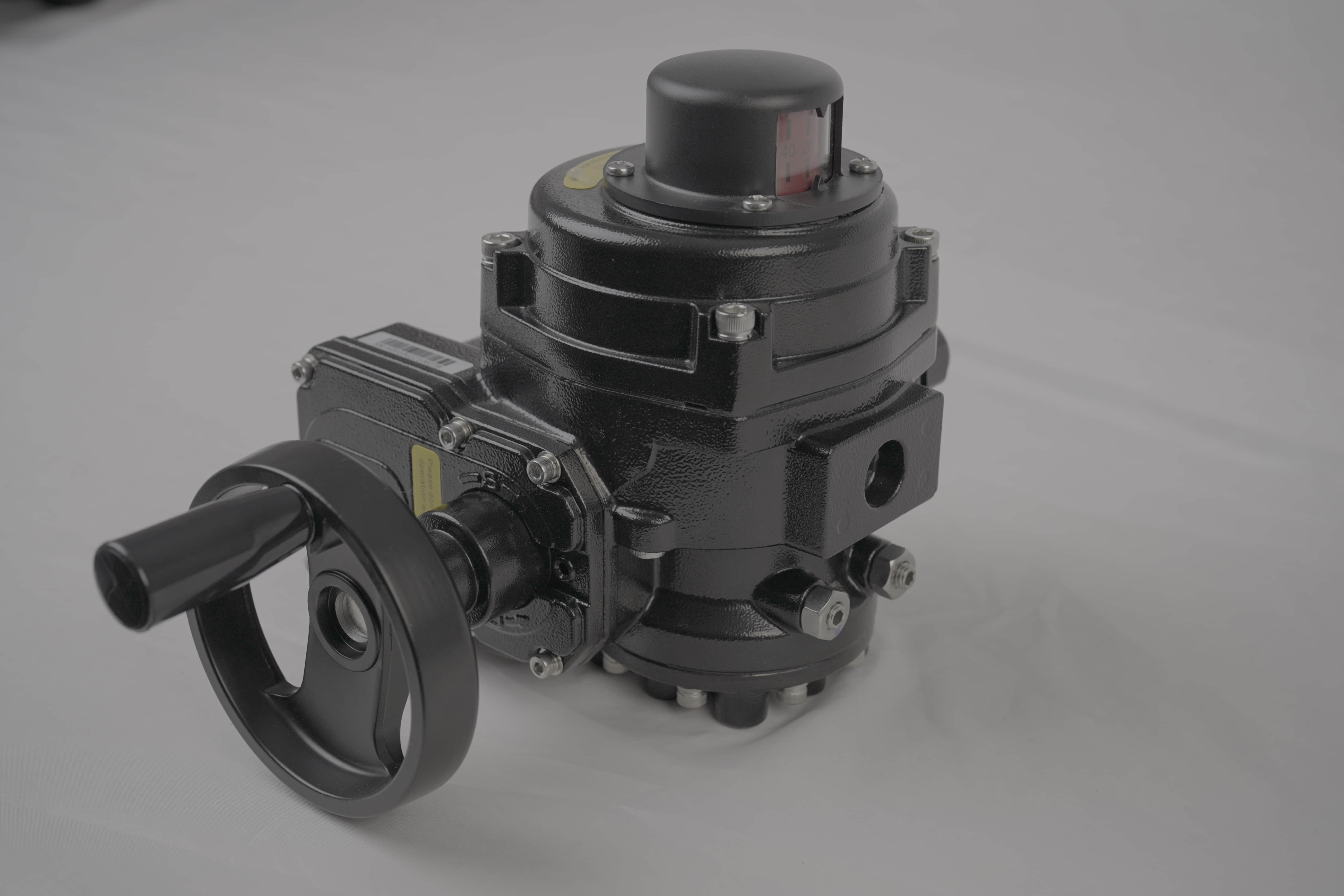understanding the wcb lithium battery valve: essential insights and innovations
Release time:2024-09-14 21:40:18
In the evolving world of energy storage and power solutions, the WCB Lithium Battery Valve represents a critical innovation that addresses safety, efficiency, and reliability concerns associated with lithium-ion batteries. This article explores the key features, functions, and advantages of the WCB Lithium Battery Valve, shedding light on its importance in modern battery systems.

The Role of the WCB Lithium Battery Valve Lithium-ion batteries are renowned for their high energy density, long cycle life, and lightweight design, making them a popular choice in various applications, from consumer electronics to electric vehicles and renewable energy storage systems. However, these batteries also pose significant safety risks if not properly managed. The WCB Lithium Battery Valve plays a pivotal role in mitigating these risks by serving as a critical safety component.
Key Features of the WCB Lithium Battery Valve
Pressure Relief Mechanism:One of the primary functions of the WCB Lithium Battery Valve is to act as a pressure relief mechanism. During normal operation, lithium-ion batteries are stable. However, in cases of thermal runaway, overcharging, or physical damage, internal pressure can increase rapidly. The WCB valve is designed to release excess pressure safely, preventing potential explosions or fires.

